. . . A video to accompany this test is on my YouTube Channel and you will find the link at the bottom of this post. Also, quite a long thread has grown from this experiment over at APUG.ORG and a point has been raised about the 4th set of images below (1:100 with Salt). I have added the revision below.
In an attempt to find the best method for reducing the appearance of grain to a minimum when shooting Ilford HP5 Plus and processing in Rodinal (Adox Adonal), I conducted the following experiment.
I shot 24 exposures of HP5 Plus of the same scene, with the same light. Then cut it into 4 equal lengths. Then I developed each strip using the following (controlled) methods :-
1. Straight Rodinal 1:25, 20c, 6 min’s, agitate 1st min, 10 sec’s every min’ after.
2. As above but with salt at a ratio of 30g/litre, time, temp’ and agitation kept the same in the interest of clarity.
3. Straight Rodinal 1:100, 18c, 1 hour and ambient room temp’ kept at 20c (to help maintain dev’ temp’), agitate 10 sec’ after 30 min’s.
4. As above but with salt at 30g/litre.
All with 3 sharp taps after each agitation. All were Stopped and Fixed the same way. 30 sec’s Stopper, 5 min’s Fixer, Ilford rinse method, wetting agent, dryed over night by hanging.
Then 1 frame of each was scanned on an Epson V500, with no sharpening or adjustments in-scanner or PhotoShop, just straight from the ‘can’.
First up is (my usual method) the Rodinal 1:25, 20c for 6 minutes, agitation for the 1st minute, 10 seconds every minute thereafter.
On inspection, I was quite happy with the result. As this was the first scanned strip, I had nothing to compare it against . . .
. . . next, Rodinal 1:25 + Salt (same method as above).
After scanning this one, the difference was quite a shock. I particularly like the results of this one. The salt, whilst not making much noticeable difference to the grain, has boosted the contrast throughout the image to another level.
After viewing this, I realise the standard 1:25 seems quite ‘bright’ and not as clearly detailed . . .
. . . next up, Rodinal 1:100, 18c, 1 hour, constant agitation 1st minute, 10 seconds agitation at 30 minutes.
What I find apparent here, is that there’s very little difference in contrast with the 1:25 standard and also very little difference (if any) in terms of grain size, clustering or shape. Maybe with the weaker dilution but increased time, the results are the same. Two ways to skin a cat, if you’ll pardon the expression . . .
. . . and finally, Rodinal 1:100 Salt (method as standard 1:100).
What’s apparent here is that there is a more noticeable difference with the 1:25 Salt. With the rake head for example, the contrast seems to have more balance, as though the salt was loosing it’s potency over the longer developing time (?) Also, the grain appears more structured and `busier`. I am particularly pleased with the look of this negative. (Addition. A member of APUG spotted that on the right hand 3rd of the image, there is a quite pronounced ‘lighter streak’ down the image).
. . . So there you have it. The results of the 4 tests were quite surprising for me. It would seem that none of the four methods had any real effect on grain size, clustering or sharpness. However they (to my eyes), fall into two distinct groups as far as contrast is concerned. Both the standard 1:25 and 1:100 appear to make similar images, maybe a factor of wildly different dilutions but offset by wildly different times. The same could be said of the salt solutions, however the longer period of the 1:100 Salt seems to effect the longevity of the salt itself?
So in summary and based on pixel peeping only at the moment, my money is on the 1:100 Salt.
The video for the above test . . .
eBay is of course a good place to buy Ilford film and if you are looking to buy some, you could help support this website by clicking this link here and making a purchase.
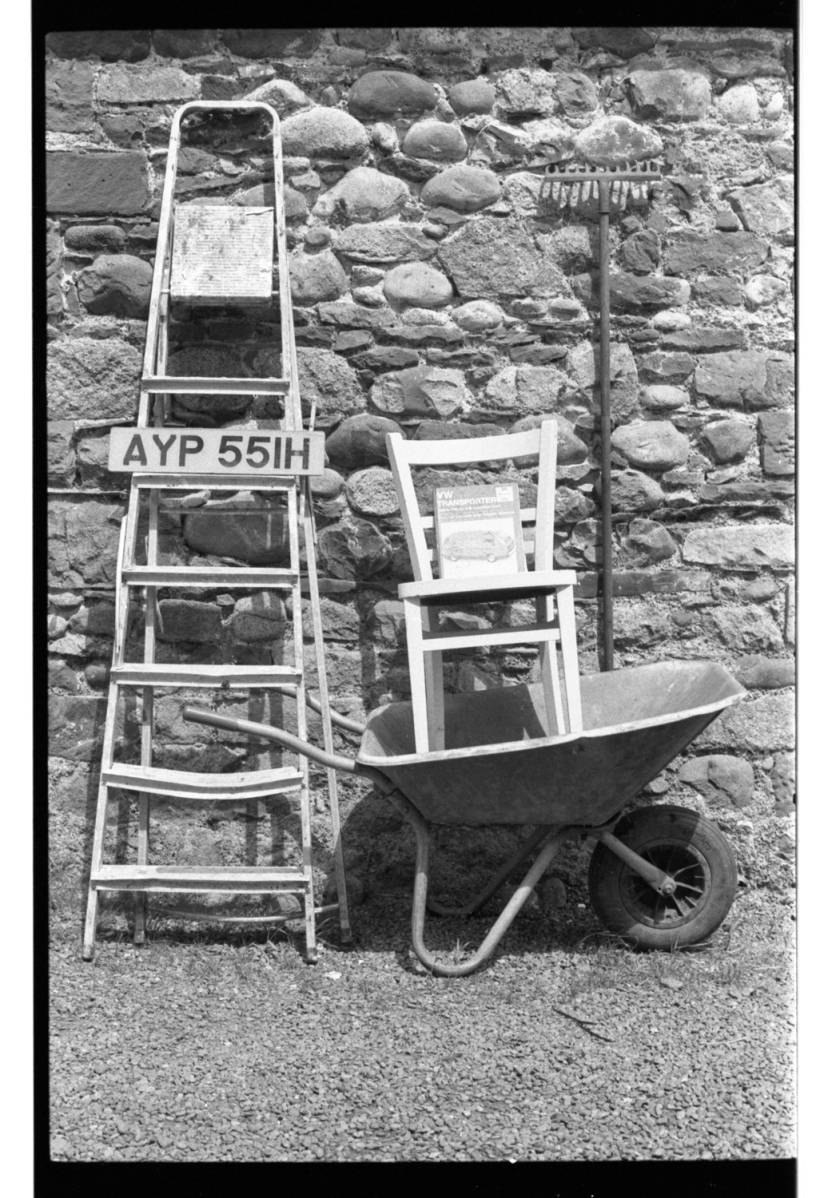
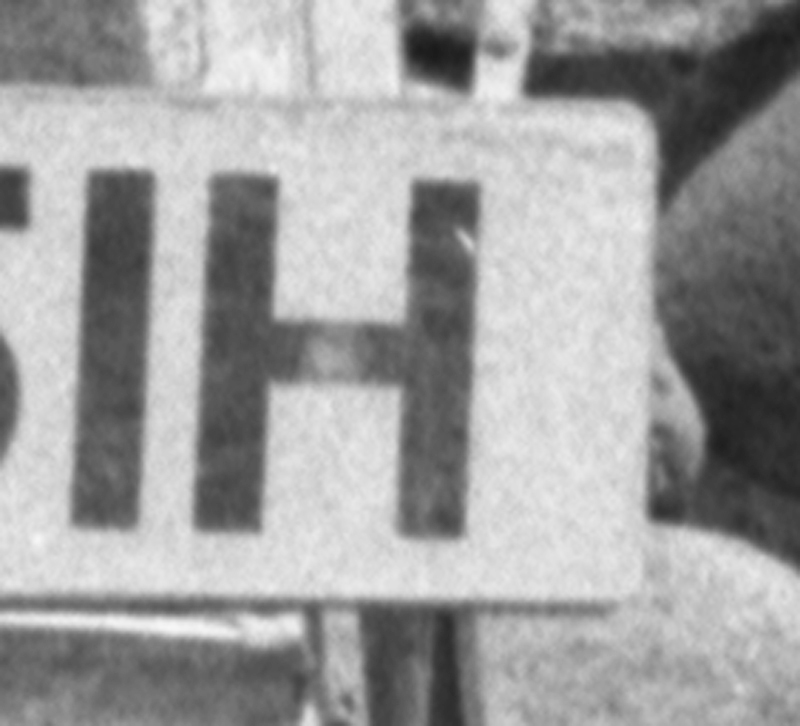
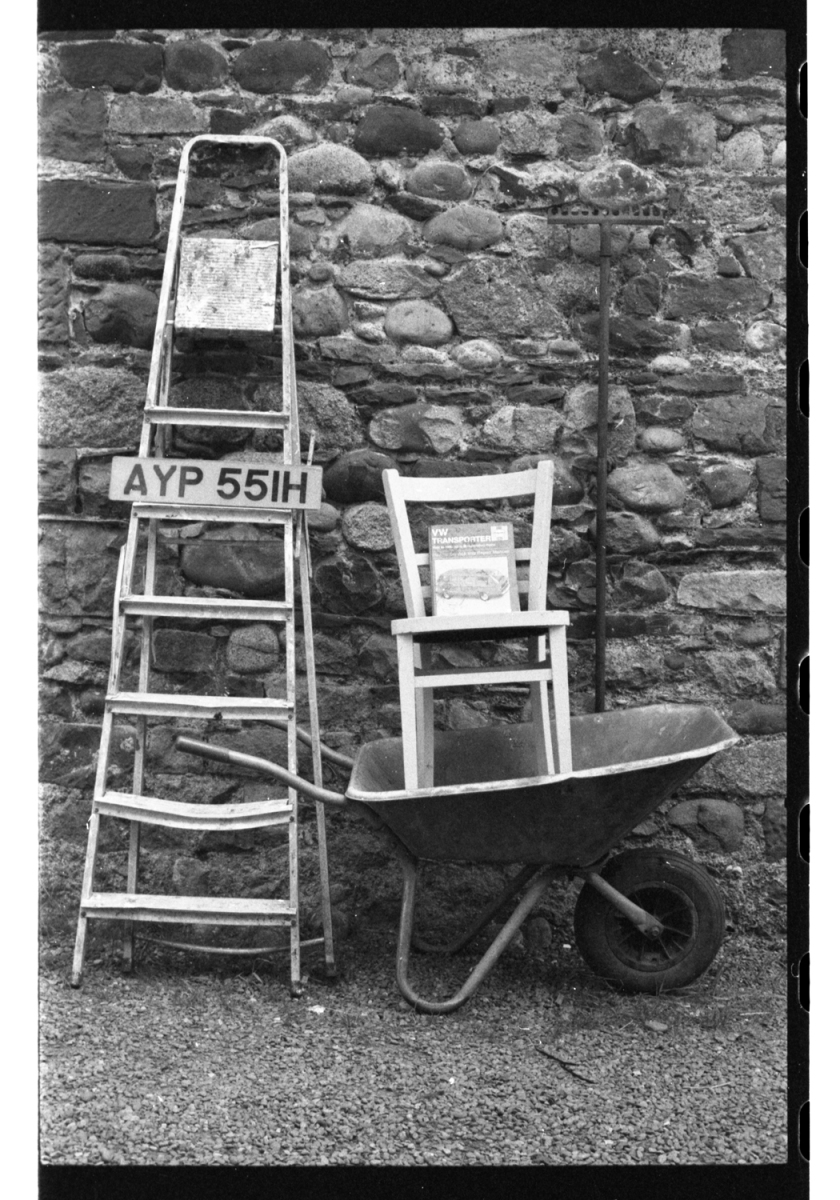
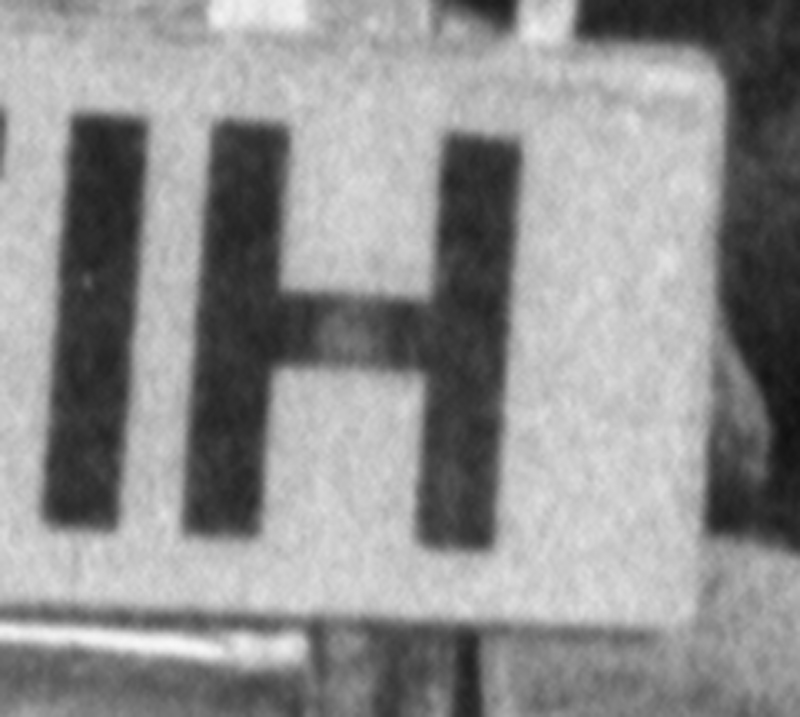
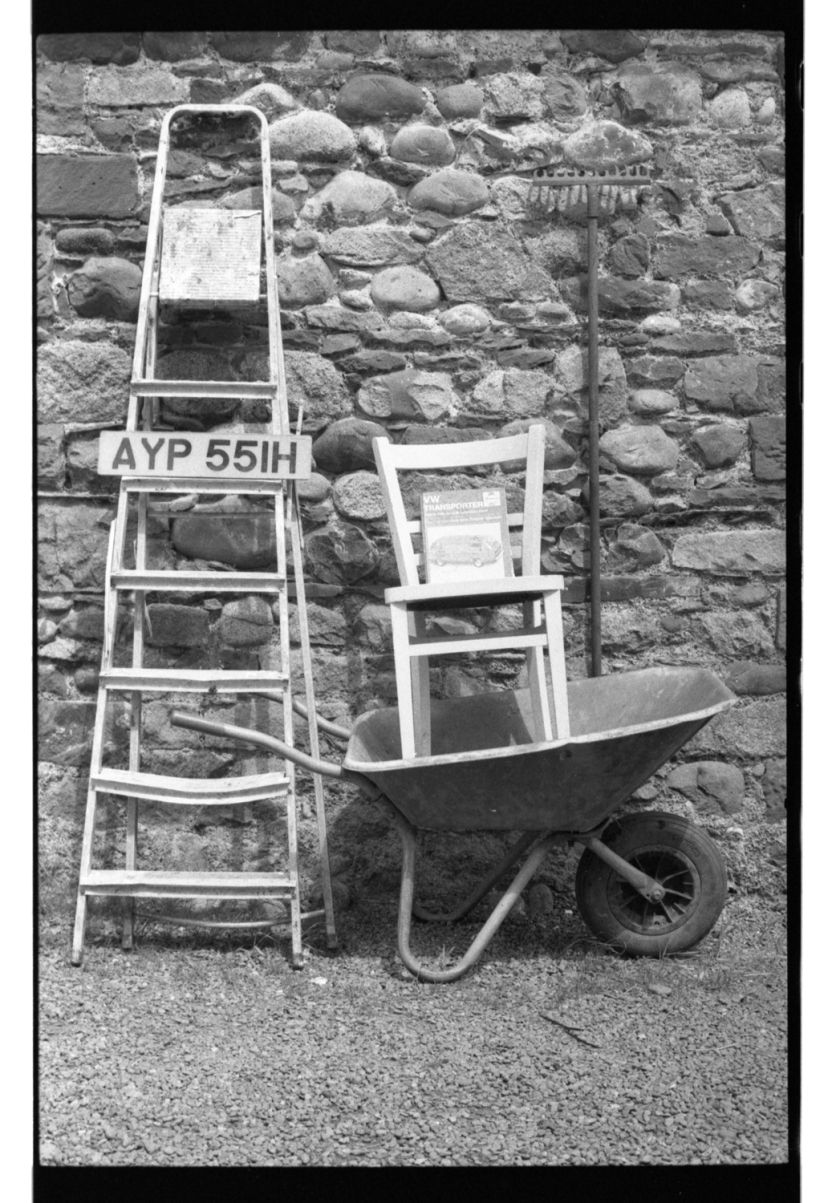
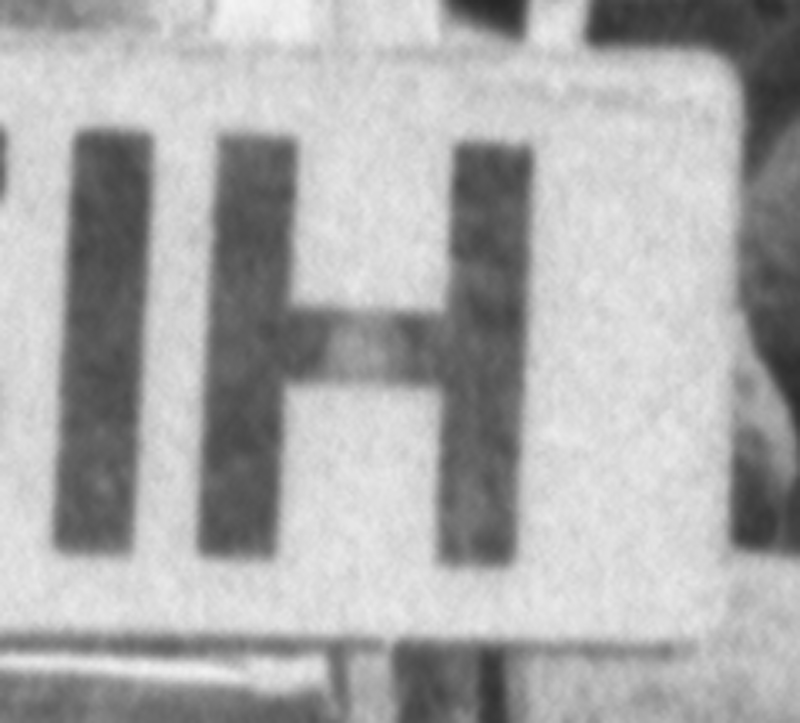
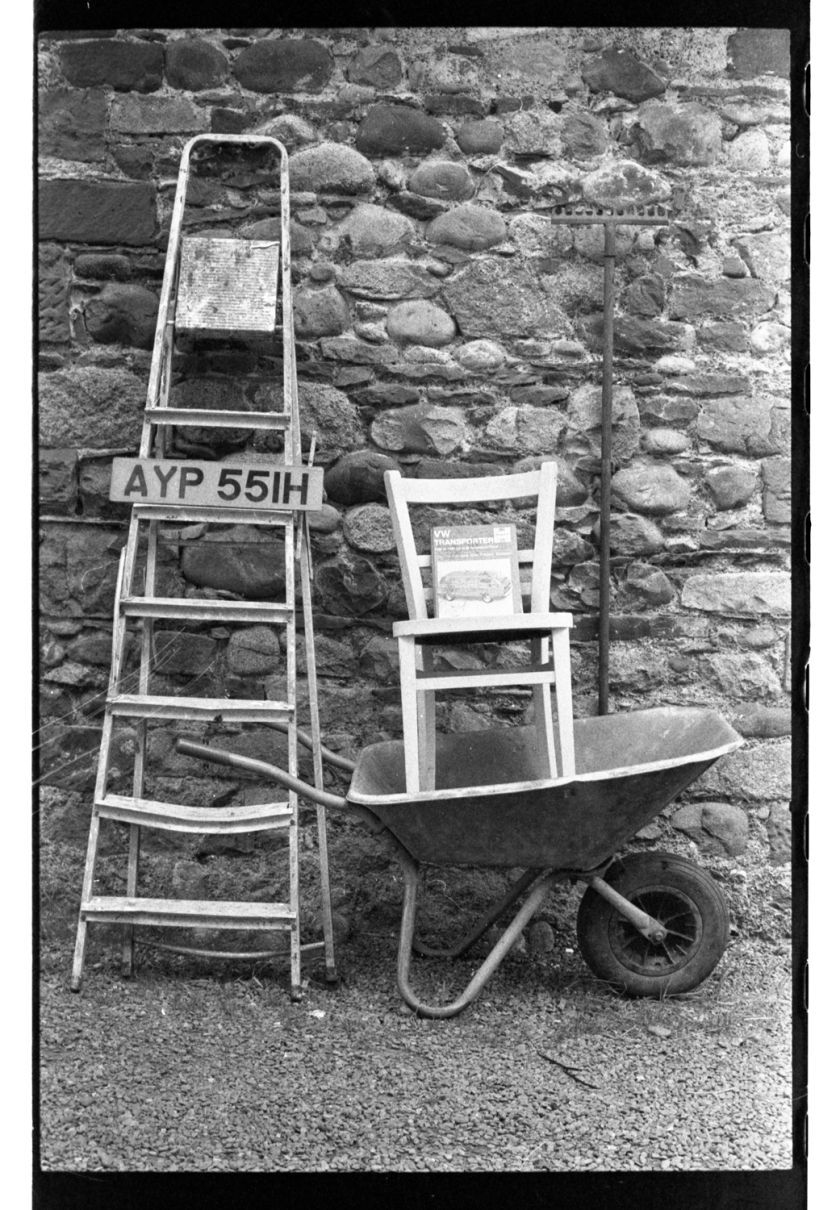
Feel quite excited to try the 1:100 with the salt but you didn’t advise me on the use of Adonal in place of Rodinal
Camper Van sounds like fun
?Thanks
Kye
LikeLike
Hello Kye and thanks for your comments.
There hasn’t been a genuine Rodinal as manufactured by AGFA since 2008. The rights to Rodinal were sold to Adox who now sell it as Adonal. For all intents, it’s identical.
The processing times and methods are the same as for Rodinal. I’ve developed FP4 in Adonal myself with the same results as Rodinal.
You can find a full list of processing times for Ilford films at the ‘Massive Developing Chart’ http://www.digitaltruth.com/devchart.php?web
There are many causes of undesirable effects in film processing – temperature, developer/water dilution, agitation method or exposure settings during picture taking.
Hope this helps,
Kevin
LikeLike
I saw your video and decided to take a closer look at your images … I’m more inclined to believe the varying contrast in images are not a result from different developing procedures, but rather, due to varying sunlight conditions. It appears the images treated with salt (#s 2 & 4) were taken during more overcast conditions than images not treated with salt — note the shadows cast in images from treatment 1 & 3 (without salt) indicating more sunlight present than the other images treated with salt.
The varying light conditions (all other exposure factors held constant) will also effect film density, which in turn, I suspect, will effect grain characteristics.
Non the less, interesting experiment.
LikeLike
Well spotted. There are definite differencesA with the lighting
LikeLike
Andrew. One of the stand develop characteristicals is the reduce of constrast. The stand develops goes by the exhaustiveness of the developer so the phisical action of the chemical stop early on the high lights and keep going on the shadows untill very far enough to bring back detail even on the most darck areas of the film. Thats why seems to be another light condition
LikeLike
Hi,
congrats for the Blog!
As I’m a (new) user of Rodinal semi-stand 1:100 development, I’d like to bewtter understand the “salt” version of it.
If Ii’ve understood right, You use a 30gr/litre solution of Sea Salt.
How much of this solution do you add to Adonal+Water standard solution?
Thanks!
LikeLike
Hi and thanks.
To make (for example) 500ml of 1:100 Adonal with Salt solution, you would use 5ml of Adonal and 495ml of the Salt solution (instead of normal water).
Of course you would double these figures to make a litre eg. 10ml Adonal, 990ml Salt solution etc . . .
Remember, pure sea salt only (no chlorine). 1 litre of water and 30g salt.
Cheers and have fun,
Kevin
LikeLike
Seasalt is NaCl, Sodium + Chlorine. More accurately, Na+ and Cl-.
LikeLike
Thanks!
Sure I’ll try it…! 😉
LikeLike
When you say “salt” what do you mean? Plain salt (non-iodized), table salt (iodized), pickling salt (non-iodized), Kosher salt, sea salt, pink Himalayan salt or “other”?
LikeLike
Hi Mike,
The best is 100% Pure Sea Salt. The key is that it has absolutely NO additives in it whatsoever.
Cheers, Kevin
LikeLike
Seasalt is NaCl plus Iodine. The mountain mines has no Iodine, and sometimes needs to be added. Seasalt is naturally idoninized.
LikeLike
Thank you very much! I have just tried your technique and advice with a roll of Kodak HIE IR film, kept very frozen sin ’08. The results with stand dev are stunning! I am more than grateful. One hour in Rodinal +salt, 1+100, with just three agitations in between. Oh ! I forgot the initial ones, even so its the best HIE roll I have dev in my life!
LikeLike
What EI did you expose these as?
LikeLike
Hello webmaster, i’ve been reading your content for some time and I really like
coming back here. I can see that you probably don’t make money on your blog.
I know one cool method of earning money, I think you will
like it. Search google for: dracko’s tricks
LikeLike